BuySellBA
Administrator
Technological District: Reasons for the real estate boom that this area of southern Buenos Aires maintains - Infobae

Source:
February 5, 2024
In the Parque Patricios neighborhood, constructions with modern designs are expanding. Since its creation, the buildings have totaled investments of more than USD 500 million
By José Luis Cieri
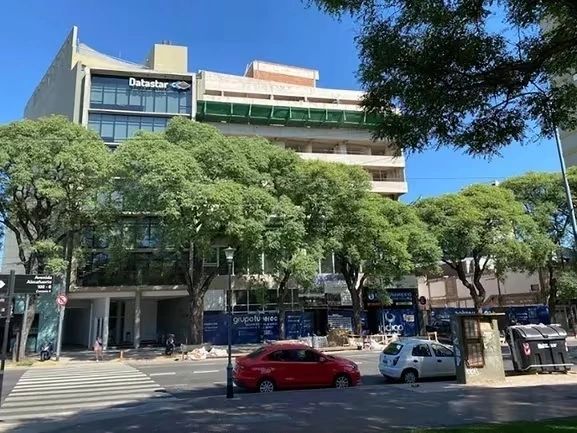
A new development in full construction on Almafuerte at 100 in Parque Patricios, the neighborhood whose growth axis has been sustained since the Technology District was created (Photo Courtesy: Grupo Tueroc)
The Technological District distributed in the Parque de los Patricios neighborhood stands out as a strategic nucleus in the south of the Autonomous City of Buenos Aires. Its location, embraced by the Subway line (H), the Metrobús and direct access from the 25 de Mayo Highway, connects it efficiently with the port and airport of Ezeiza. It is delimited by Sáenz, Boedo, Chiclana, Sánchez de Loria and Brasil Avenues, Alberti and Manuel García streets, and Amancio Alcorta Avenue.
The Patricios Park (which gave its name to the neighborhood is delimited by Caseros and Almafuerte Avenues and Uspallata and Monteagudo streets) emerges as the essential epicenter of urban life, structuring the environment and ensuring outstanding environmental quality.
The development that extends from Entre Ríos Avenue to Boedo Avenue stands out, marking a dynamic and vital path for the Technological District.
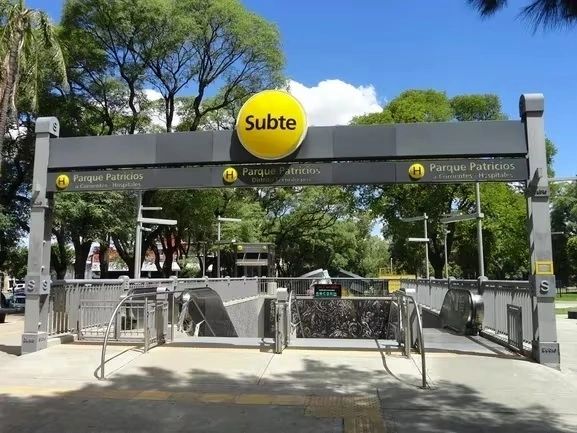
The subway was key to expanding and connecting this area to different parts of the city and province of Buenos Aires.
This project, initiated by the Government of the City of Buenos Aires 16 years ago, managed to attract investments exceeding USD 500 million, destined for both corporate and residential properties.
According to data from the Buenos Aires Ministry of Economic Development (today led by Roberto García Moritán ), since the designation of the Technological District, the Parque de los Patricios neighborhood witnessed notable development. “Today it has more than 450 companies that employ more than 23,000 people (hundreds do so remotely or hybridly), generating a daily flow of business activity.
“With 310,000 square meters of operational offices and 5 new ventures under construction, the district is affirmed as a technological hub in constant evolution,” the organization highlighted.
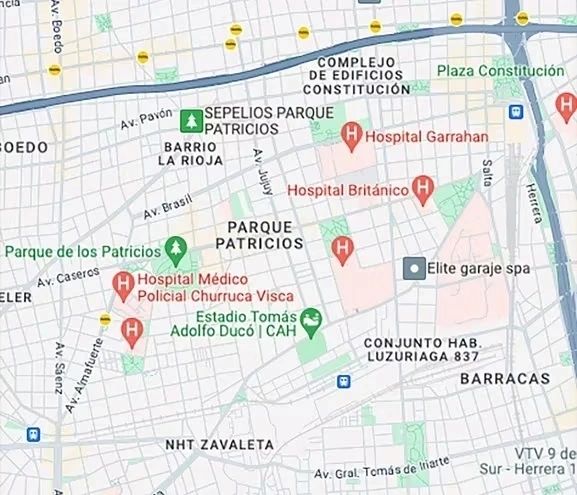
Map of the Parque Patricios neighborhood and where the Technological District is
This growth momentum includes the presence of the city's Civic Center and three universities (ITBA, Salvador and Caece), all building their campuses.
In addition, according to Ciudad 3D, a public tool that facilitates the visualization of works in the area, it is confirmed that there are currently more than 40 residential buildings under construction as of the end of 2022.

The General Archive of the Nation on the land where the former Caseros prison was in Pichincha and Rincón (Photo Courtesy: Lumena and Be Desarrollos)
Creation and benefits
The Technological District emerged in 2008 through Law 2,972, valid until 2035, which promotes information and communications technology activities, providing substantial benefits to companies, such as tax exemptions from the Gross Income Tax, Stamps, Real Estate and Lighting Tax, specifically for the activities promoted and properties affected by these activities.Lucas Gómez Araujo , commercial director of Lumena, told Infobae that Parque Patricios is experiencing total progress, especially in its main axis.
This approach transformed a previously relegated area into a new center of offices, housing, educational institutions, gastronomic and cultural proposals, generating a positive impact on Parque Patricios
“The expansion has been consolidated since the development of the National Historical Archive in the old Caseros Prison (between Pichincha and Rondeau), reaching Entre Ríos Avenue and covering Boedo Avenue, between Brasil Avenue and the streets parallel to Caseros Avenue. , extending to Amancio Alcorta. This boom was driven by residential projects close to the Caseros and Hospitales subway stations, taking advantage of the attraction generated by the number of parks equipped by the Buenos Aires Government,” said Gómez Araujo.
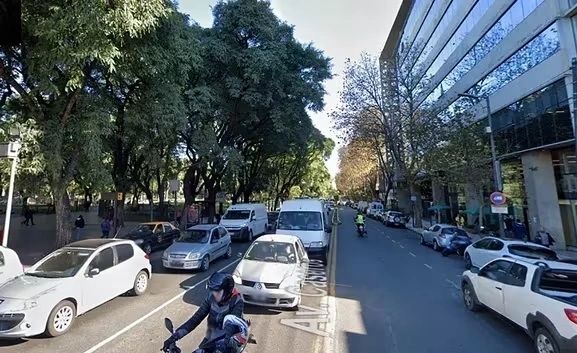
Several buildings such as technology companies operate in new properties located adjacent to or in front of Parque de los Patricios. In this case on Avenida Caseros, one of the crucial arteries of the neighborhood
Among the proposals, the first slabs will begin in the coming months of a project located on November 15, 1800, which is estimated to be available for delivery in 24 months, with a focus on sustainability, which will incorporate solutions such as solar panels, water treatment gray and HCCA type bricks (cellular concrete) to reduce energy consumption and carbon footprint.
The new homes point to a demand made up of young professionals, local families and residents of nearby areas in the first belt of the Buenos Aires Metropolitan Area (AMBA).
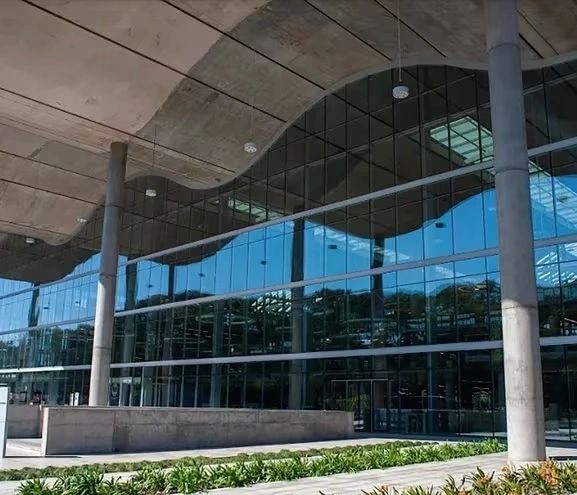
Administrative headquarters of the Buenos Aires Government in front of the park that gives its name to the neighborhood on Uspallata at 3100
“In addition, foreign communities and young people rooted in the area are considered. The growing demand for housing is attributed to the rise of the Technology District,” added Brian Kuperman , of Be Desarrollos.
Among the options that will be completed in two years there will be units from 1 to 3 rooms, with the possibility of adapting some for 4 rooms at this launch stage. All will have bright balconies, some terraced.
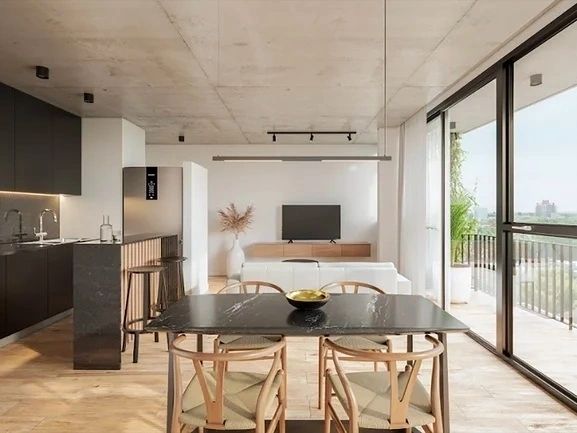
Lumena Dining Room, one of the developments that comes to the neighborhood
Gómez Araujo added: “The latest operations were closed at a value of approximately USD 1,230 per m2 for cash operations, although they are also offered financed. Those with 2 rooms and 57 m2 are worth USD 70,000 and those with 3 rooms and 75 m2 are worth $96,000.
Among the proposals, the Tueroc Group is immersed in three projects in the Parque Patricios Technology District, two aimed at offices for specific companies and an innovative mixed-use building.

In the upcoming developments, there is a focus on sustainability and terraces with swimming pools and grill and recreation areas.
“The latter, a pioneer in CABA, enjoys tax benefits for both technology companies and those who own and carry out commercial exploitation. With an area of about 14,000 m2 and a location in front of the Parque de los Patricios, it houses offices and more than 65 apartments of 1, 2 and 3 rooms,” commented Flavio Galli , from the developer of the same name.
Indigo, as the development was named, targets digital nomads, new residents, and contributes to introducing an innovative housing concept in the neighborhood, which attracts students from ITBA, whose headquarters are located 8 blocks away.
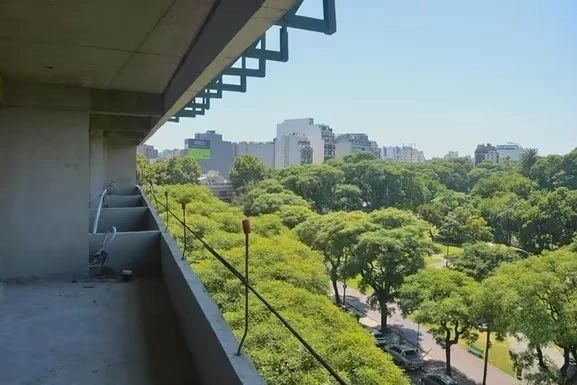
The works are advancing at a good pace in search of revitalizing this part of southern Buenos Aires
Galli expanded: “Under the concept of shared economy, it reduces the individual living area to a minimum, compensating it with large common spaces. The project is aligned with new ways of cohabiting, where residents actively participate in the configuration of their environment, establishing a unique connection between private and common space.”
Values range between USD 1,600 and USD 1,900 per m2. All units have terraced balconies.
The use of clay bricks for exterior cladding, gray water treatment and solar panels for energy generation in common spaces are part of its sustainable initiatives.

Render of one of the properties that is under construction
Used with increasing prices
In the used property market in Parque Patricios, there is a demand that remains at medium levels, but with a gradual rebound in prices in recent months, coinciding with an increase in housing prices widespread in most areas. Buenos Aires neighborhoods.Fernando Daniel Tombazzi , from ReMax Legado, said that “the local investment community shows a preference for units with affordable prices, especially studio apartments and 2-bedroom apartments. However, a slight trend towards renovation stands out, evidenced by the growing demand for 3-room homes, which are well accepted in the market.”
A slight trend towards renovation stands out, evidenced by the growing demand for 3-room homes (Tombazzi)
Among the most requested arteries for the acquisition of properties in Parque Patricios, those located on both sides of Avenida Caseros and Avenida Jujuy stand out.
For residents looking to move, the most chosen areas range from Esteban de Luca to Matheu streets.
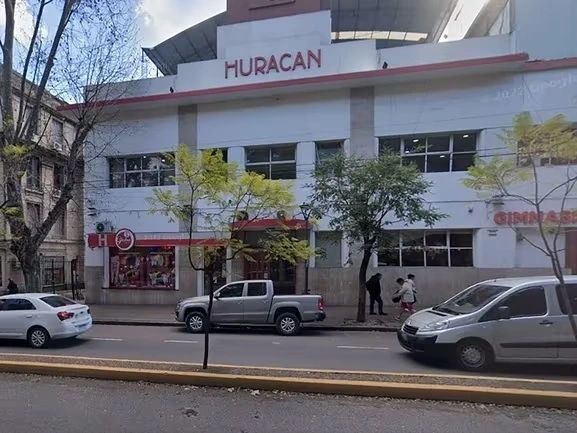
Headquarters of the Huracán club, the great sports and football symbol of this traditional neighborhood of Buenos Aires
Currently, apartment values average USD 1,307 per m2, PHs in the order of USD 1,111, offices at USD 1,055 and houses at USD 1,033 per m2.
“This neighborhood attracts those who want to move from the province of Buenos Aires, including residents of Avellaneda, Quilmes, Lanús, among others. The area also has the preference of residents of neighboring neighborhoods and those who work in the area,” added Fernando Tombazzi.
Neighborhood spirit
Oscar Puebla, owner of a real estate company with 70 years of experience in Parque Patricios, played a fundamental role in the development of the Technology District. For him, this project represents a true success supported by the City Government, generating progress comparable to that of Puerto Madero.Puebla highlights the distinctive soccer spirit of the neighborhood (with the Huracán seal), which once housed illustrious figures such as Ringo Bonavena or Juan Manuel Fangio.
“Parque Patricios was in the past an industrial hub that, due to unfortunate political decisions, saw the closure of numerous factories. Thanks to incentives from the Technology District, many of these facilities were recycled, transportation was moved to a loading center, and lighting and fiber optic improvements were implemented. Now, national and international companies have found their place in the area, building buildings with the latest technology and transforming the social and cultural environment,” Puebla added.
With an iconic building designed by renowned English architect Norman Foster as the headquarters of the City Government, the area has become an enclave with excellent investment opportunities, both for commerce and housing. Designed for a young audience that works and lives in the area.
www.buysellba.com

